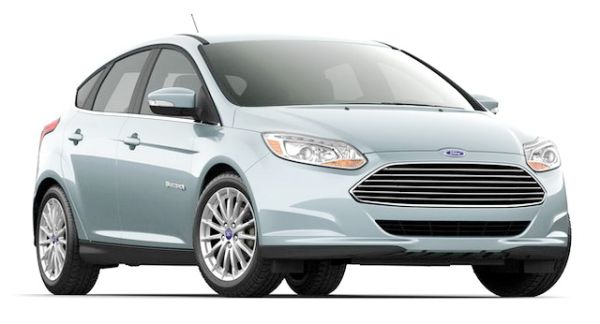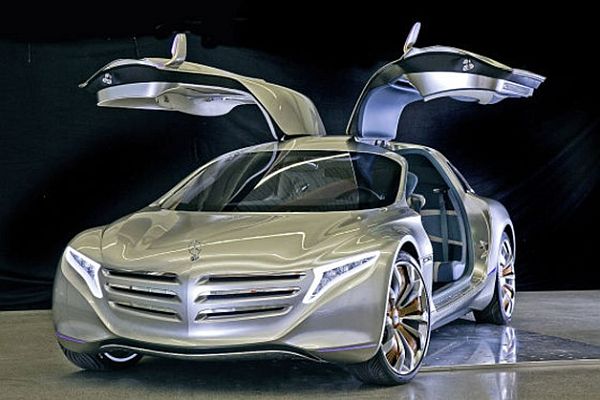The demise of Concorde as a commercial supersonic passenger jet spelt the end of fast travel. During its prime, the iconic jet could ferry travelers from New York to Paris in just under four hours. However, sonic booms, high ticket sales and rising jet fuel prices saw the end of an era. But, supersonic air travel could just become a reality again, this time using a biplane. What’s even better is that the concept could reduce the volume of sonic booms, thereby making flying over land a reality.

An MIT researcher appears to have stumbled upon a concept that could reduce or negate the problems Concorde was known to have. Unlike the retired jet, the concept involves using an enhanced version of a biplane that could produce less drag at supersonic speeds. This will see the plane requiring less fuel to operate while at the same time delivering lower sonic booms.
Qiqi Wang’s concept will help cancel out shockwaves produced from each wing. When conventional jets near the speed of sound, the front and rear witness air compression. As the plane breaks the sound barrier, increase in pressure creates shock waves that radiate causing a very loud sonic boom. According to Wang, the modified biplane will cancel shock waves, allowing it to fly over land unlike the Concorde, which was permitted to fly only over water.
What could be a problem, however, is the issue of drag. In theory, the biplane could perform exceptionally well at supersonic speeds, but it will lack the lift needed to reach those speeds. To solve this, the researchers and a team of designers experimented with different wing designs to finally settle on one. The chosen design sees the inner part of each wing being smoothened out to create a wider space through which air can flow. Moreover, it was found that bumping out both wings’ top edges could help the plane fly at high speeds and reduce drag by half that of conventional supersonic jets.
Via: MIT




